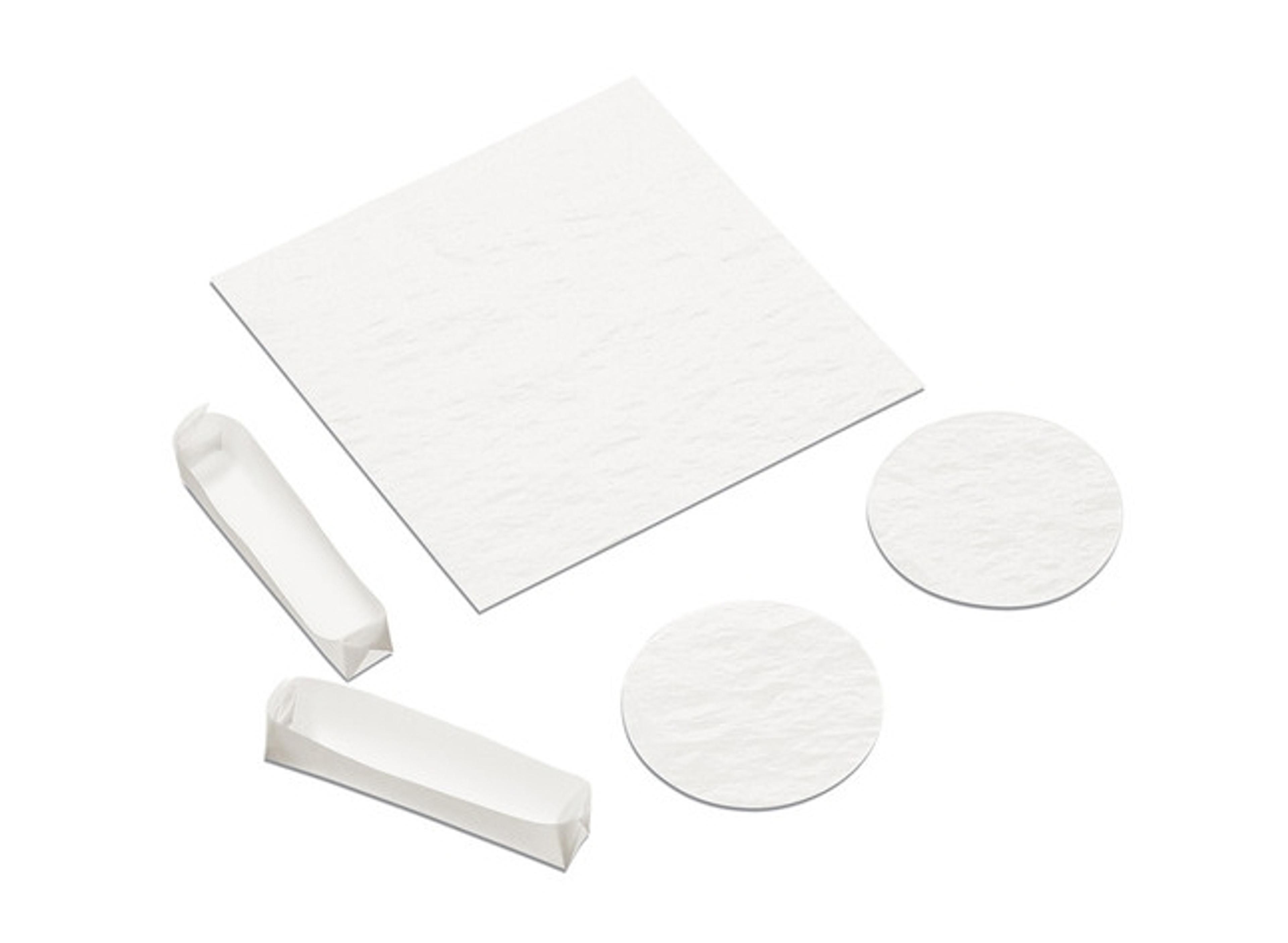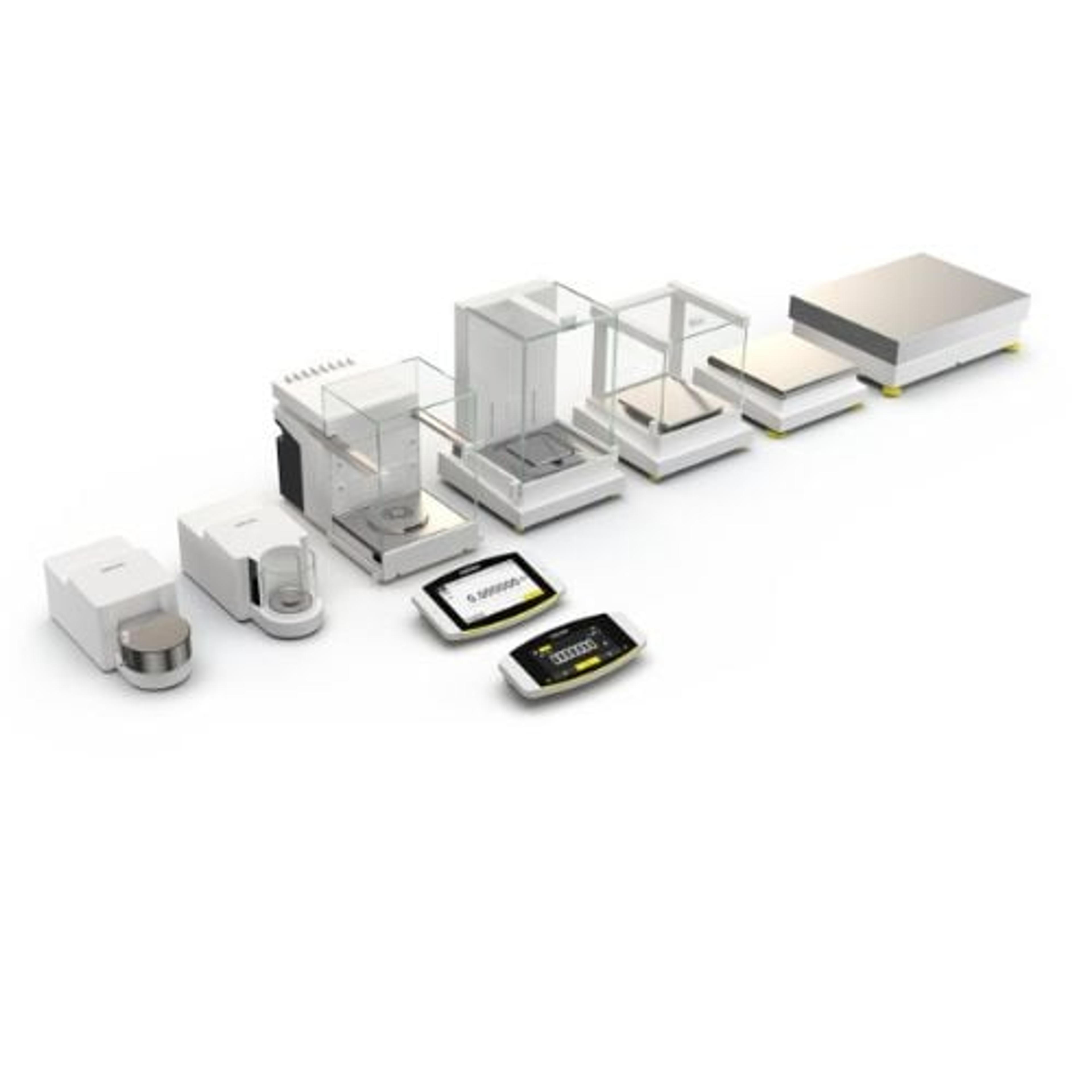5 Tips for More Accurate Results with an Analytical Balance
Make life in your lab easier with these top tips
8 Jun 2015

Analytical balances are one of the most common instruments found in a lab
It's impossible to have accurate results without accurate weighing – with an average of 60% of laboratory time spent on sample preparation, avoiding costly mistakes is crucial.
There is a wide range of analytical balances available, from the most basic to complex devices; here are five tips that will improve the accuracy of your weighing no matter what you're using.
1. Select a suitable environment for your balance
Ambient conditions such as temperature, humidity and air pressure can all affect the accuracy of your balance. As such, placing it somewhere where these are constant is very important. Some balances monitor environmental factors, such as temperature and humidity, during operation to determine the uncertainty of the data, but many do not. A vibration-free spot for your balance is also ideal – if a worktop away from high traffic areas cannot be found, a vibration-absorbing weighing table may be required.
2. Ensure your balance is calibrated and tared
Before starting to use your analytical balance, ensure it is calibrated. Calibration can only happen once the balance is level – this may require you to adjust the back feet of your balance, or you may have to simply run the auto-leveller, such as that found in the Cubis®II range. Once level, calibrate your balance and, if using it for the first time after it has been unplugged, allow four hours for it to arrive at its working temperature (usually room temperature).
Recalibration may be done in your lab, or it may require a manufacturer representative, but poorly calibrated balances will negatively affect the accuracy of all your data from this point onwards. It is good practice to tare the balance before each weight is measured, and to record the weight of the container – this is made easy with Sartorius' Plug & Work connectivity. To ensure reliable taring, be patient and wait until 0.000 has been reached – some are quicker than others!
3. Handle each sample appropriately
Some samples will require extra care – warm or hot samples should be allowed to cool first, and hygroscopic samples weighed quickly with the balance doors closed to avoid moisture absorption, which will affect your measurements. For the most accurate measurements of all samples, they should be placed in the centre of the balance.
You should also make sure you are using the correct balance for the amount you wish to weigh, and an appropriate sized weighing vessel. Some balances may not be able to measure very small amounts of material, but there are analytical balances capable of weighing to 1µg. A weighing vessel that is too small will make spilling your sample more likely, dirtying your balance and making your measurement inaccurate, and a vessel that is too large may lead to a proportion of your sample stuck to the vessel. Sartorius supplies inert parchment weighing boats and papers of all sizes, so there will be one to suit your needs.
4. Avoid contact or disturbance
Your fingerprints can affect the weight of the weighing container once tared, adding mass, so use tongs or gloves to avoid this. Leaning on the table where the balance is situated should also be avoided – any vibrations can cause problems with the accuracy of the balance, even if using a weighing table. The use of draft shields can also minimize air disruption.
5. Leave it clean
Finally, to avoid contamination of your sample with anything previously weighed, leave the balance as you would like to find it. Analytical balances from Sartorius are simple to dismantle, making clean-up easy and quick, but for day-to-day cleaning, a soft brush is all that's required to keep the weighing pan and cabinet free of particulate, using a suitable solvent if required. If the balance is unplugged during the course of cleaning, remember to allow it to warm up before using again.
Have you used any of the products featured in this article, or do you use one that wasn't? Share your experiences with scientists by writing a review!


